
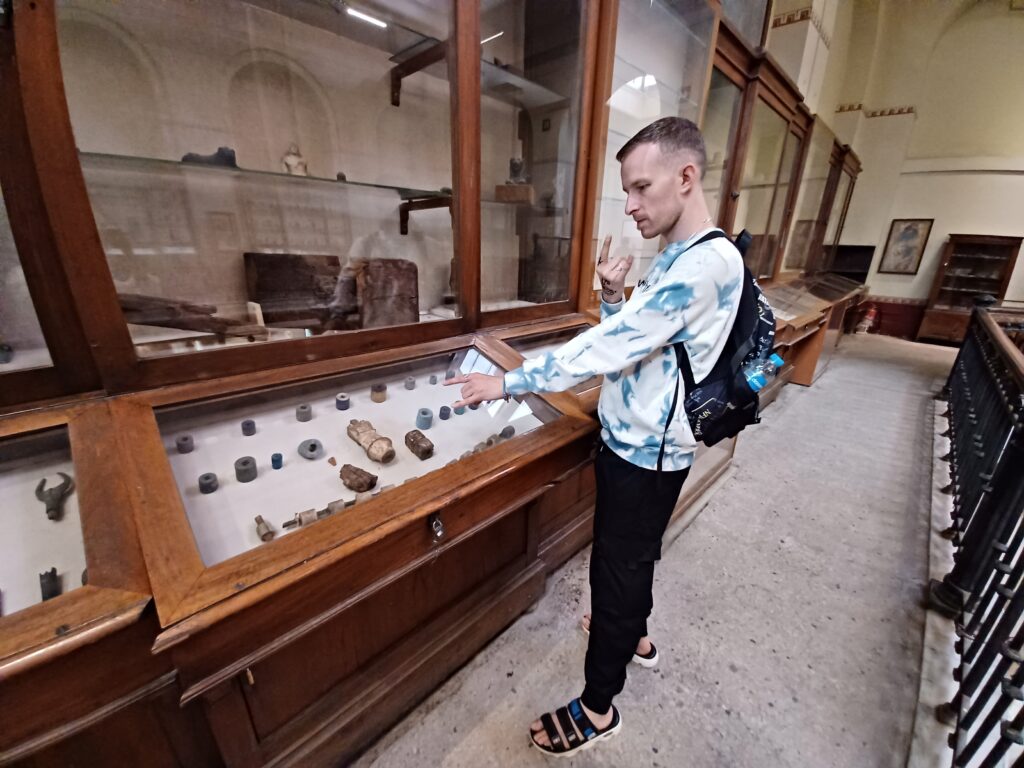
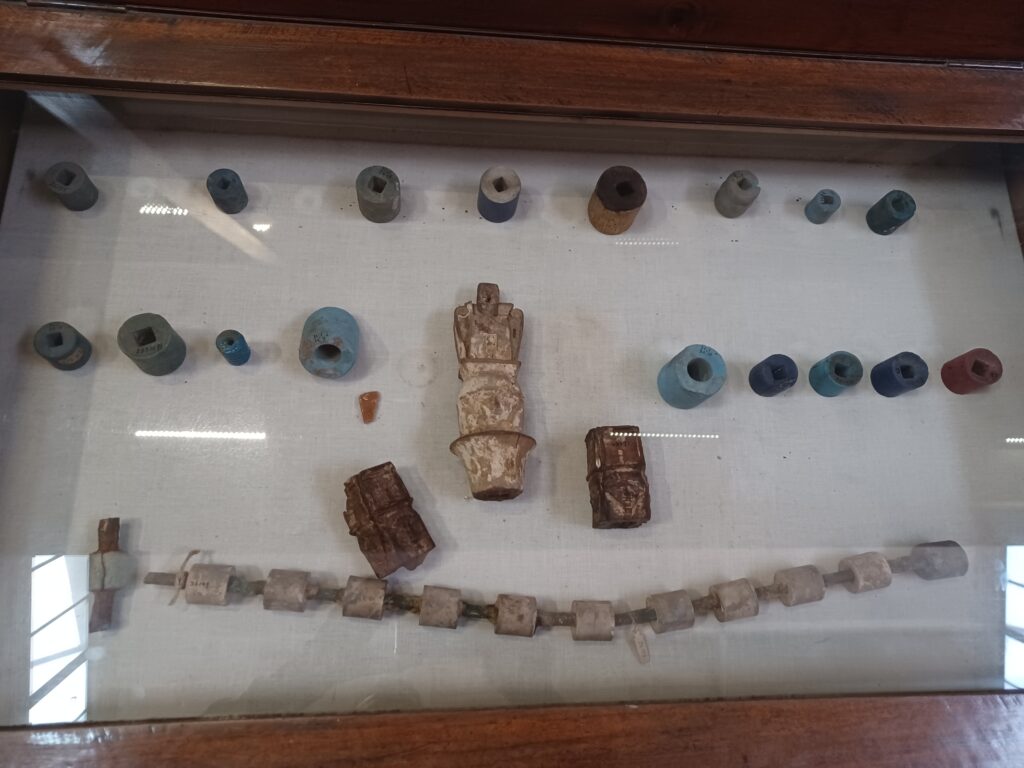
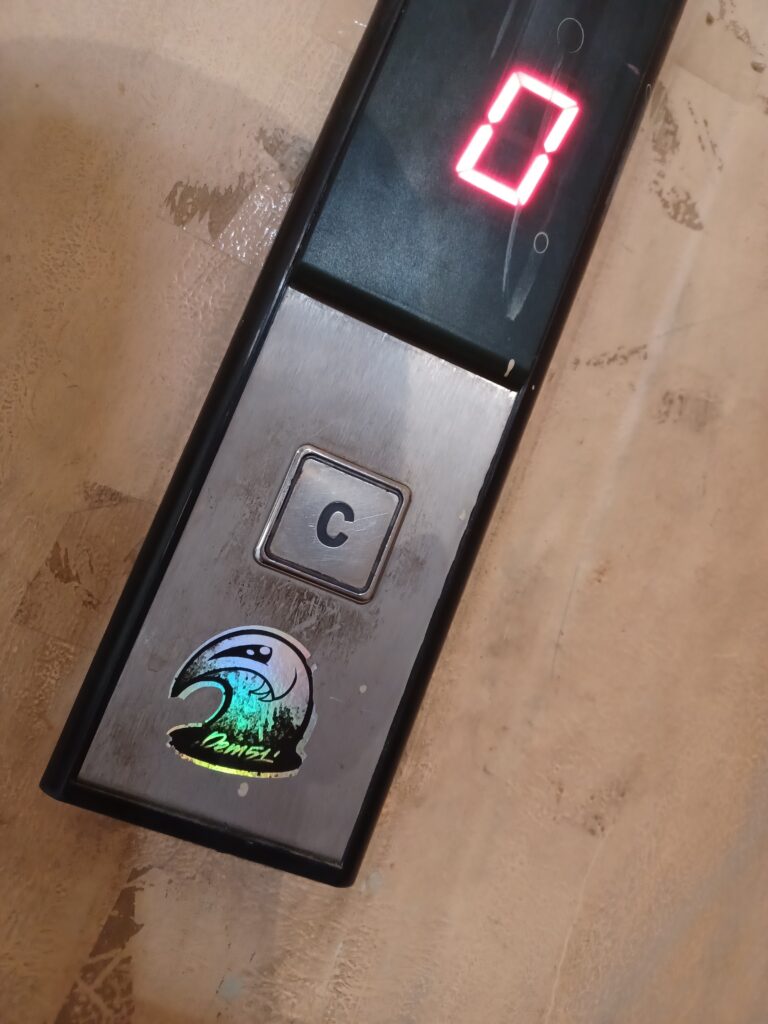
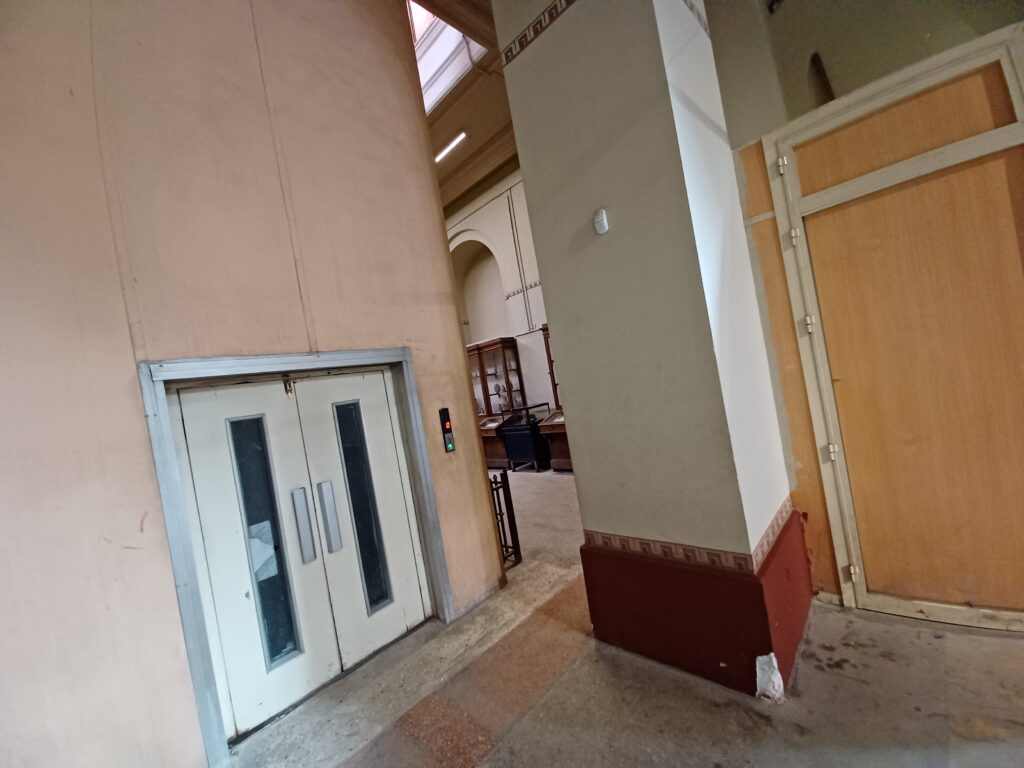
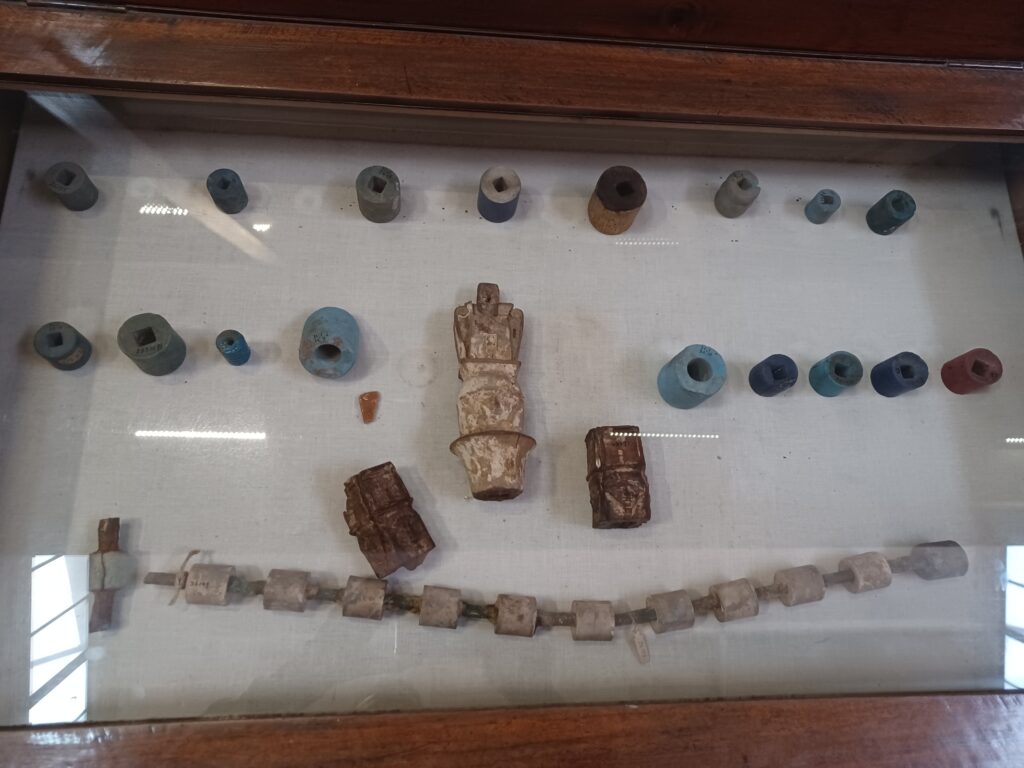
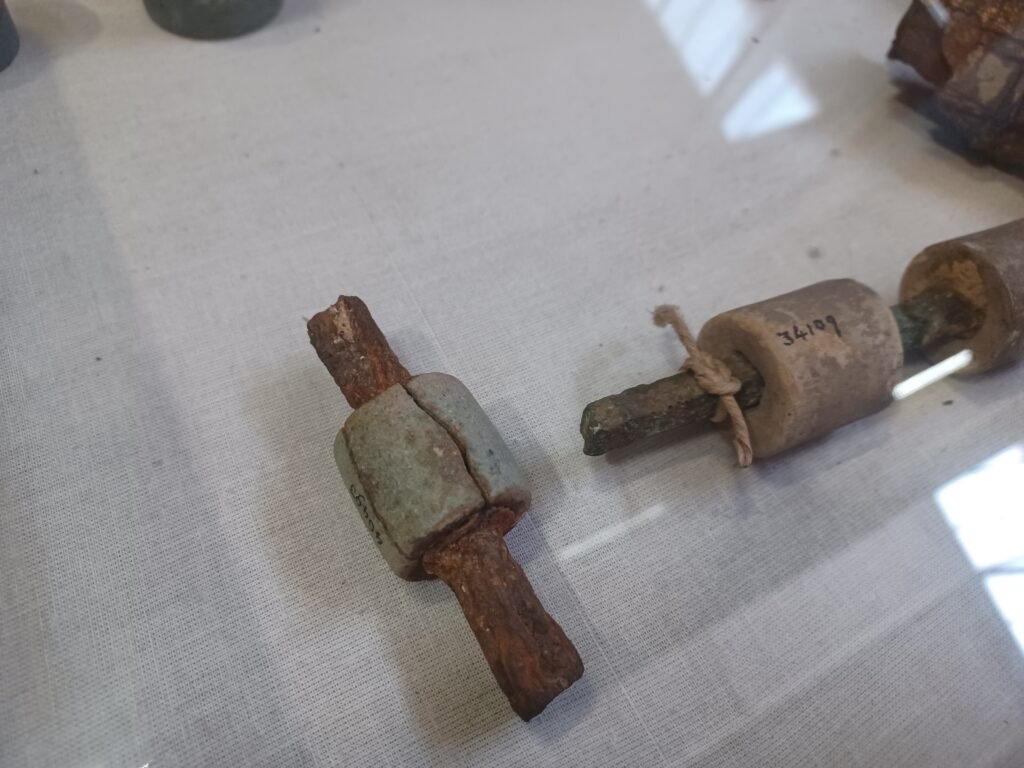
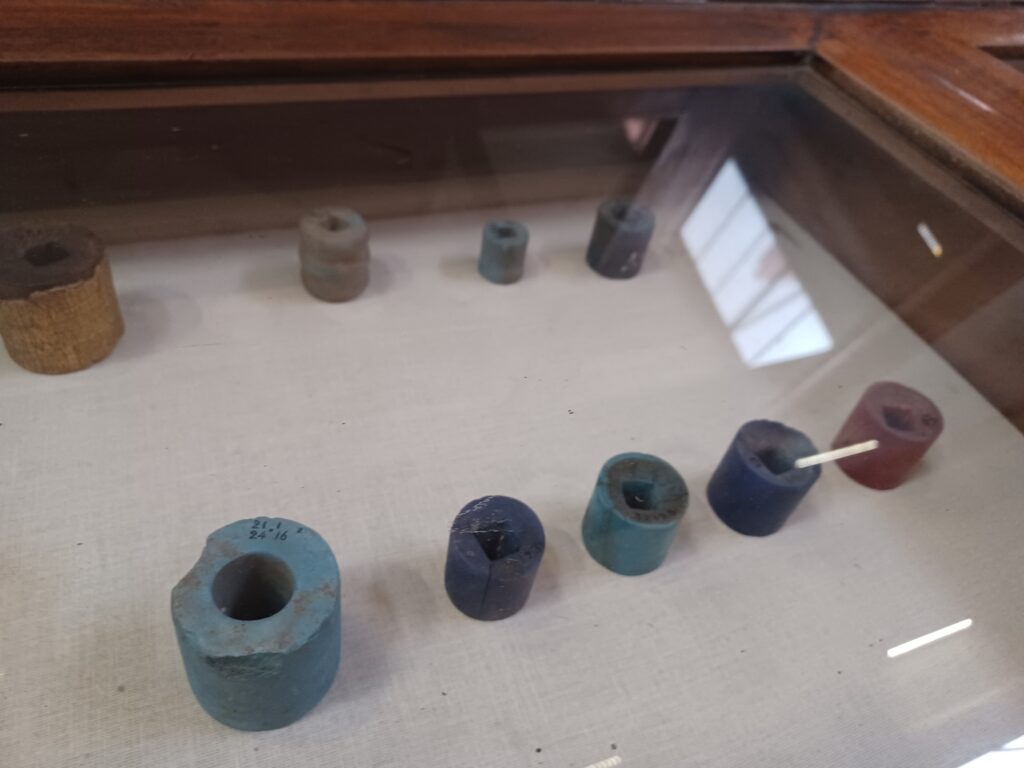
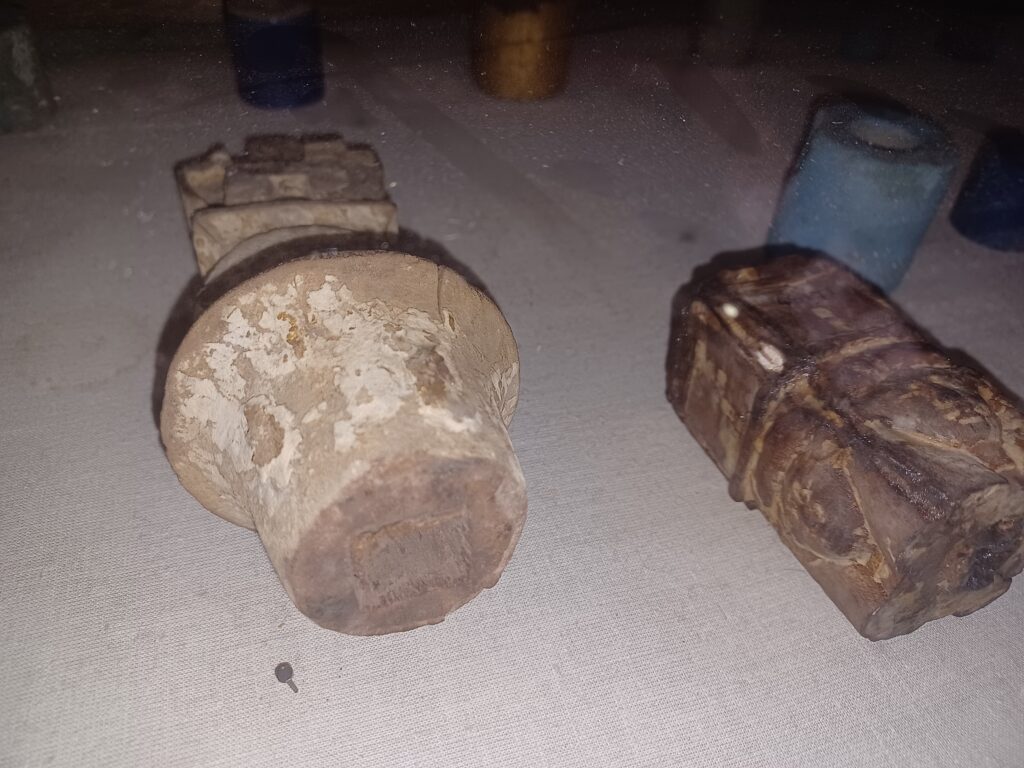
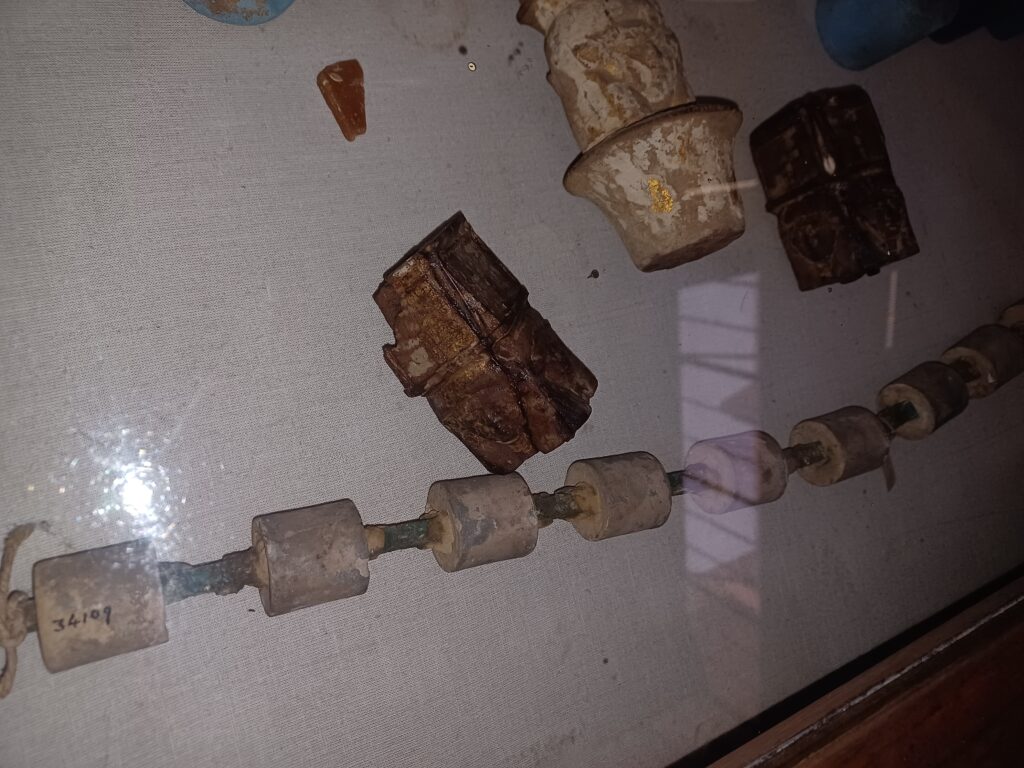
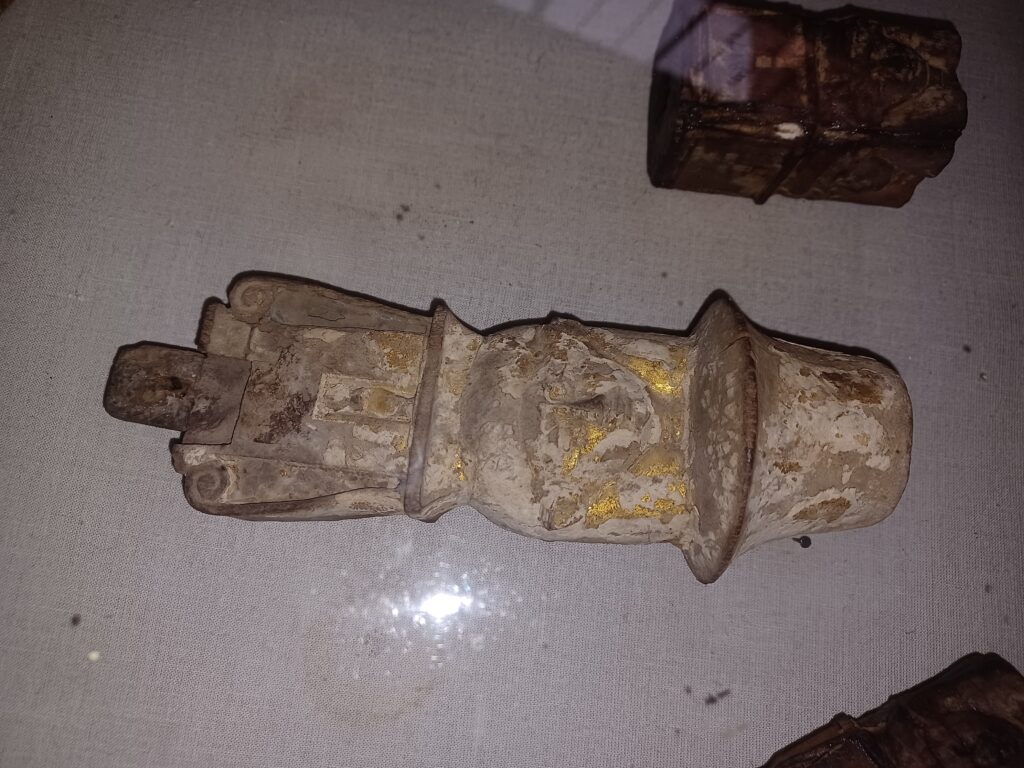
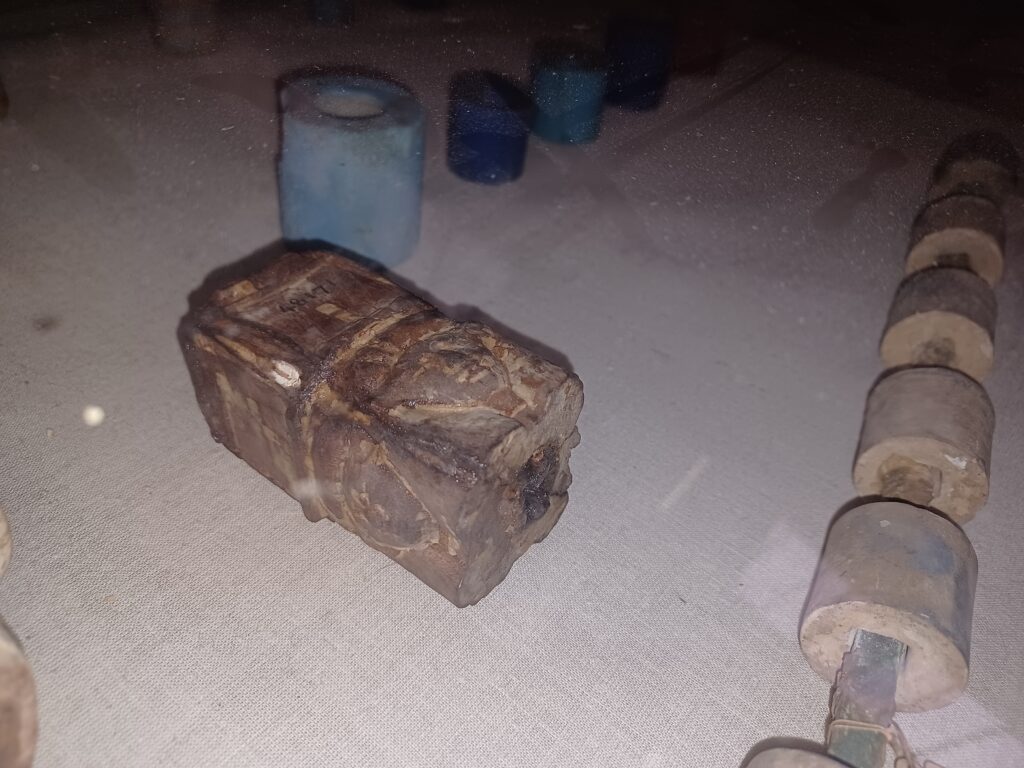
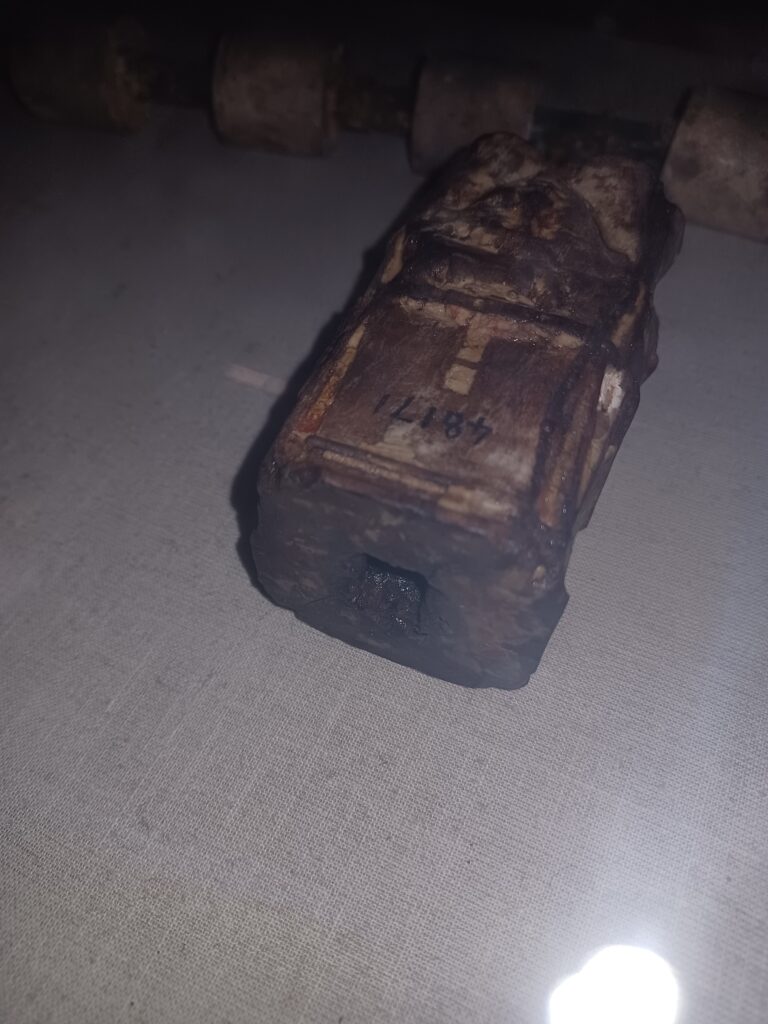
UVT … unknown voices テク | Anthony S Knowles | Ashtar Ventura | ALL RIGHTS RESERVED













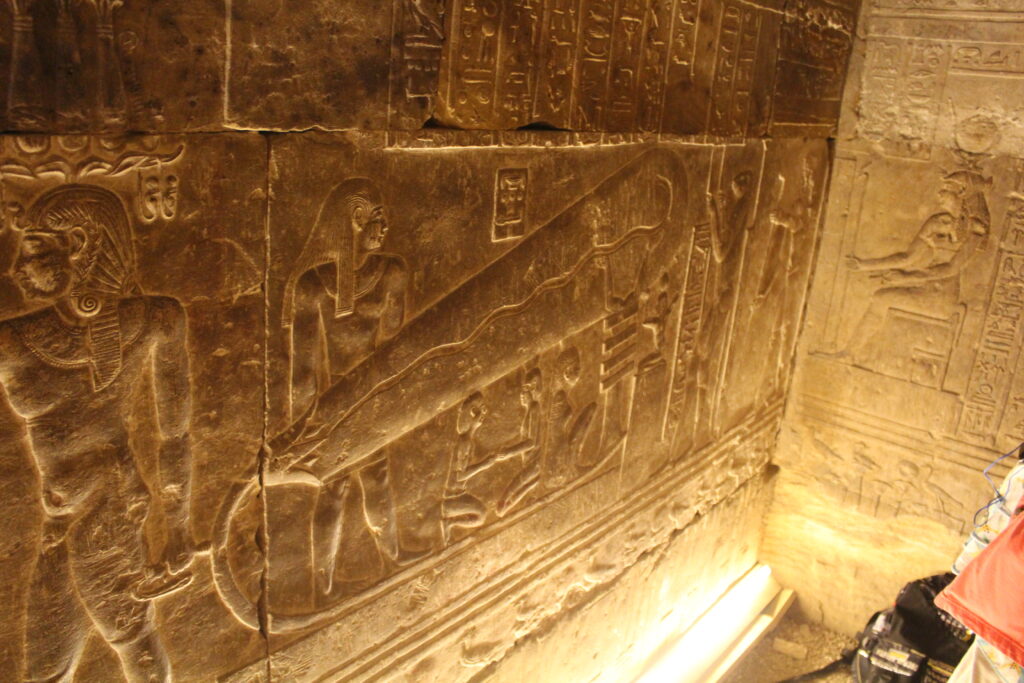

dendera HatHor crypt text: (“[Come] in peace, In-Secret-Initiate of holy places, young man [……rest destroyed]”)
Contents:
1) Undocumented rarely-seen mural variation
2) Unlabeled rarely-seen technological museum artefacts match the mural
3) Engineering the Presence of Gods: Esoteric Compartmentalised “temple technology”, secret inventions exploited in Ancient temples, kept secret from commoners
4) Ceremonial Function: the Encrypted Ritual Objects of the HatHor temple Dendera were “Given Life” on Holy Days and Brought Up
in the chambers above the crypts of the temple of HatHor in dendera, there exists the only other mural of the so-called “menat necklace” device, also depicted in one Crypt (A.Mariette: “Crypte 4”). i was lucky to get photos of this, and i cannot find any other photos of it online.
THIS IS THE ONLY OTHER INSTANCE WHERE THIS OBJECT appears in the complex, and it DOES NOT EXIST in Auguste Mariette’s 1870s drawings which are the go-to source for most egyptologists (see: https://digitalcollections.nypl.org/items/510d47e2-9643-a3d9-e040-e00a18064a99 … more missing too)
compared to the one in the crypt, if we look closely, it has slight variations on the details. of particular interest it seems to show equidistantly-spaced cylinders around the cables, as opposed to a series of circles.
this arrangement matches the unlabeled artefacts i found in the Cairo museum: copper & iron rods with equidistantly-spaced cylinders around the rods, grouped with heads of HatHor “terminals” (see below — i am also awaiting a reply from the ministry of tourism & antiquities regarding any information on them)
the undocumented, rarely-seen section:

equidistantly-spaced cylinders around the cables (in contrast to a series of circles) the “terminals” are styled as heads of HatHor as usual, but the cables seem to terminate differently this variation too, a “flower” appears on the left bottom piece:
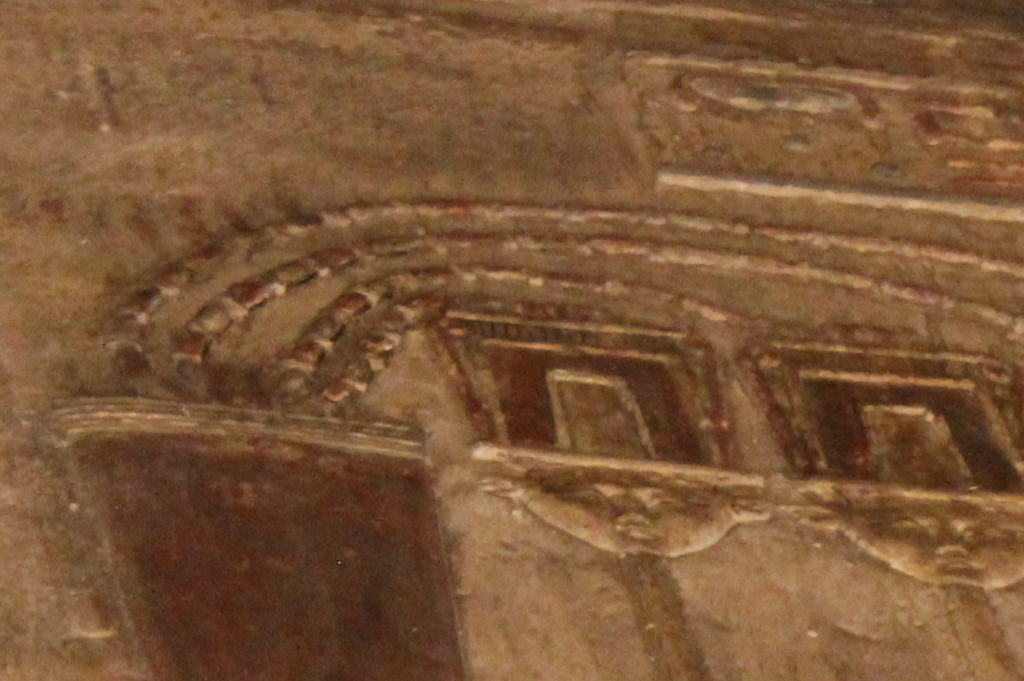

LOOK AT THIS AMAZING NECKLACE!!! <3 (the unlabeled cabinet i discovered in the Cairo museum — cannot find a photo of this anywhere else or any information on it)
iron rod, copper rod, equidistantly-spaced cylinders around the copper rod, and terminal-like parts styled as the heads of HatHor
the different variety of the cylinders and heads may indicate different usage and functions. some have square holes, some have round holes, some are different materials/colours, some have bulges, etc., and we see one type of cylinder used repeatedly along the copper rod. they also may have been experimenting to find optimal materials.
the copper and iron rods exhibit high levels of rust/oxidation — the iron rod in particular — possibly from immersion or exposure to fluids, for example using an iron rod surrounded by copper, in a jar filled with electrolytic fluid (grape juice, etc) similar to the “baghdad(/parthian) batteries”.
there most likely are many more related artefacts in their collection
below is the mural variation from the crypt, the only other place it is depicted in the entire dendera complex, note here we do not see the equidistantly-spaced cylinders, nor the “flower” at the base of the left piece … possibly simplified elements … (the zig zag inside the circle is missing from A.Mariette’s 1870s drawing):
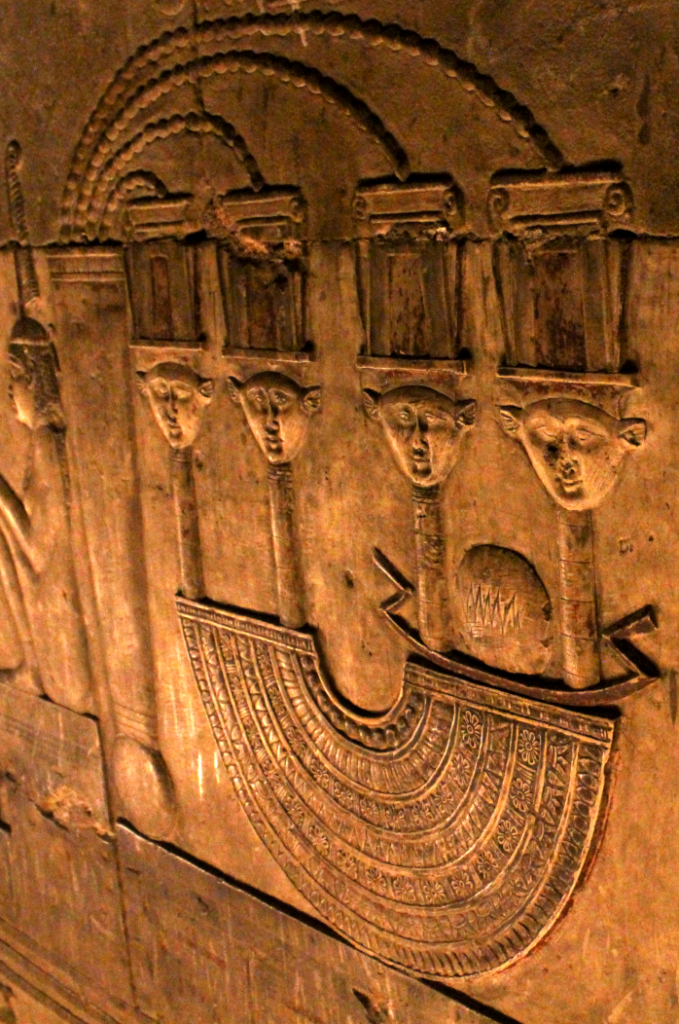
Statues in temples that would “cry blood”, there were thunder machines in temple roofs that would emulate the sound of thunder as a sign from the gods, altars for fire sacrifice that would cause a door to open when the fire was made — statues that animate — and even lesser known would be ritual objects and electrified statues that would either shock the common worshipper or cause a tingling sensation — and ones possibly with electrically-illuminated elements.
it is known that in various ancient temples including in Alexandria the initiates/elite priests of those temples sometimes exploited secret inventions & “magical” technology to create impressions on the lay people who came to worship, effectively engineering a sense that “the gods” were present, or that a prayer or sacrifice was answered, etc.
Much of this “temple technology” was kept compartmentalised & secret, it was for the initiates (maybe prescribing punishment of death for revealing secrets), and the common people were not taught these early “magical” technologies. The secrecy of the early esoteric temple technology was absolutely essential for the desired effect.
Consequences of this is that the technology is easily lost to the sands of time, after wars. in cases where we do find references, key pieces may be in a symbolic form which was only easily-understood by the initiates (i.e: Agastya Samhita listing “the neck of a peacock” ingredient, which was a symbolic reference to copper sulfate to make electrochemical jars, copper sulfate being the same colour as the neck of a peacock)
We have a few documented examples of related technology such as from Hero of Alexandria though there must have been much more, not least the public inventions lost to the destruction of the library of Alexandria, but also the secret temple technology which required strict secrecy of the inventions for them to be effective in maintaining the “presence of the gods” effect. It simply would not have the desired effect if people could see “the wizard pulling levers behind the curtain”
In the case of the temple of HatHor at dendera, we know the crypts were for the initiates of the secrets, and the special “ritual objects” were kept down there, together with symbolic esoteric murals for the initiates:

(“[Come] in peace, In-Secret-Initiate of holy places, young man [……rest destroyed]”)
Those “ritual objects” were brought up from the crypts only on specific festivals and holy days, and on those days it says they were “given life” in the crypt and brought up — the Ba/Ka (energies of life) were manifested in the idols on those special days, and the people rejoiced in reverence
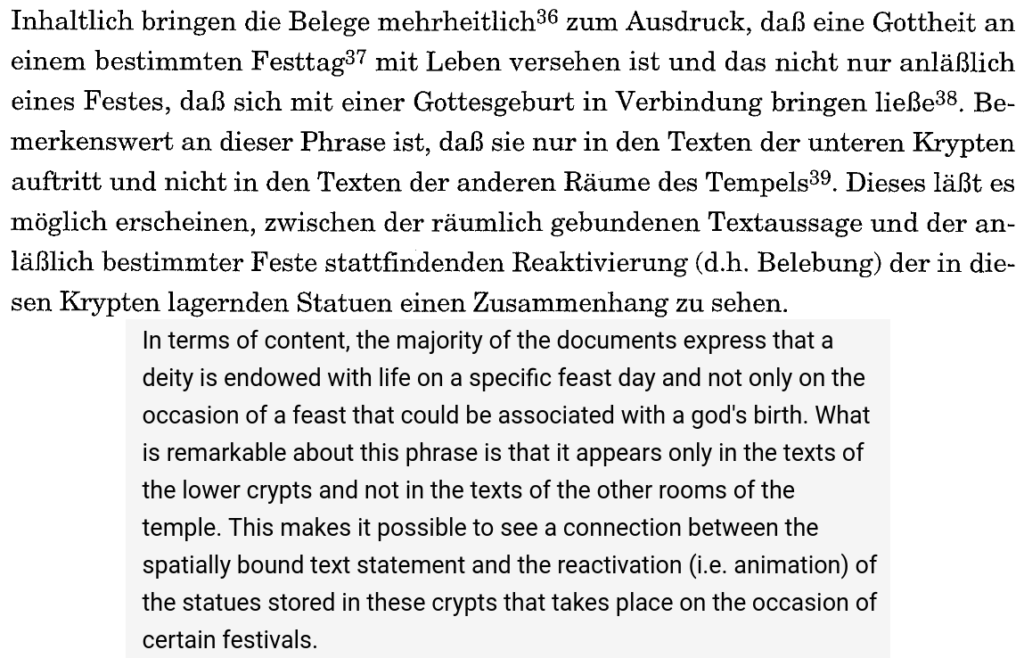
Given that we know Alexandria and other locations had “temple technology” to amaze the oblivious lay-people, it would make sense that the “Ritual Objects” that are “Given Life” from the crypts of the temple of HatHor most likely exhibited “magical” properties to engineer the sensation in the lay people that the gods were truly present on those special holy days, when they took the ritual objects to the roof and other places for a spectacle, a microcosmic ceremony where the images of the gods were “given life”, made themselves apparent, much more than just simply bringing up lifeless statues.
Huge key sections of the crypts have been hacked off, but even with what they left us we can see what appear to be symbolic references to technological devices, and possible archaeological evidence of electrical components for some of those devices in an unlabeled cabinet in the cairo museum (iron rod, copper rod, cylinders, HatHor head terminals).
The Agastya Samhita told us to use “the neck of a peacock” to make electricity, we now know it meant copper sulfate.
So what of harsomtus the serpent coming alive and being contained in the hn-container, supported by the anthropomorphised djed pillar, the “ba” and “ka” energy manifesting, etc.
One must strive to see these crypts through the eyes of the initiates of the secrets, not as a lay-person.
more to come, and will be updated with more sources, references, and connections…
a small selection of many photos i took of mostly South Crypt (A.Mariette: “Crypte 4”), where the so-called “dendera light” mural is located, the same Crypt with the so-called “menat necklace” with cables coming out of the head terminals. All the main murals of West Crypt (“Crypte 7”) have been mostly hacked off …
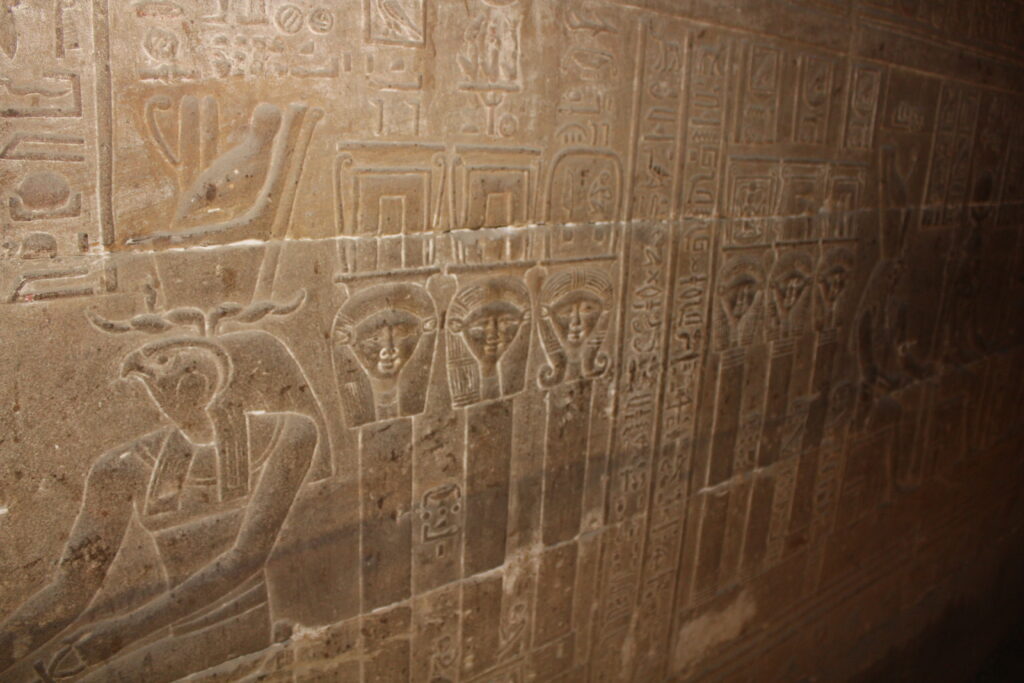
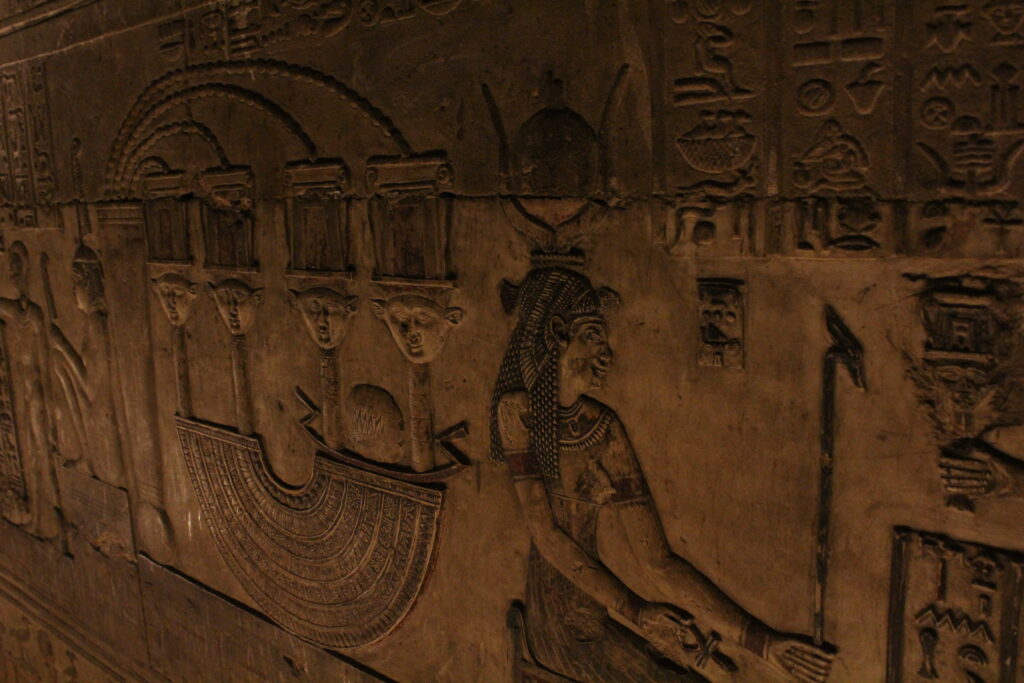
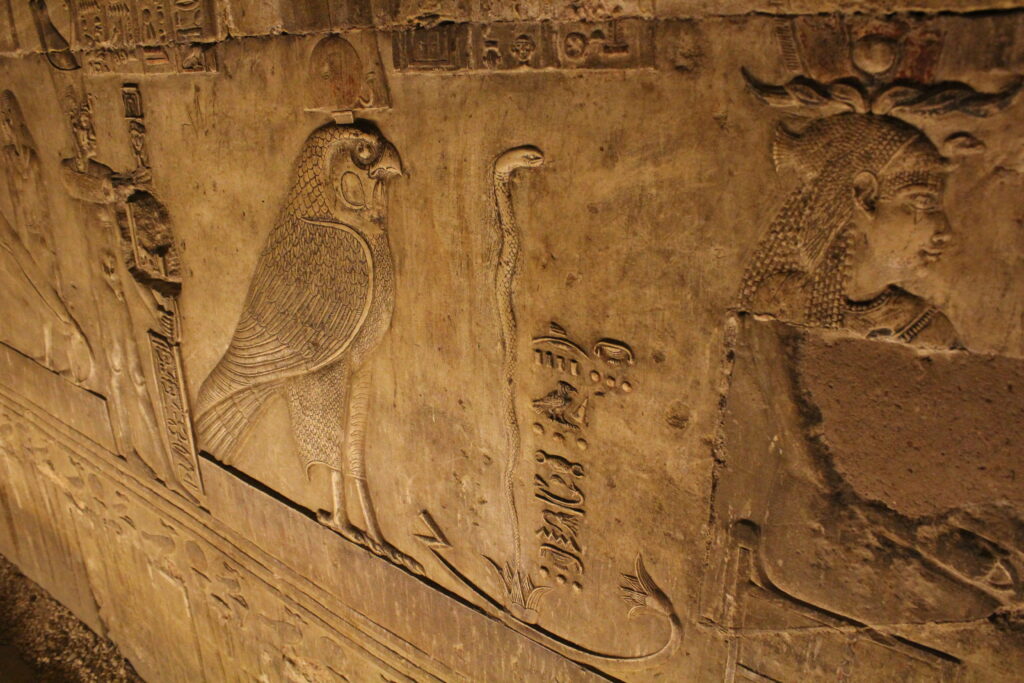
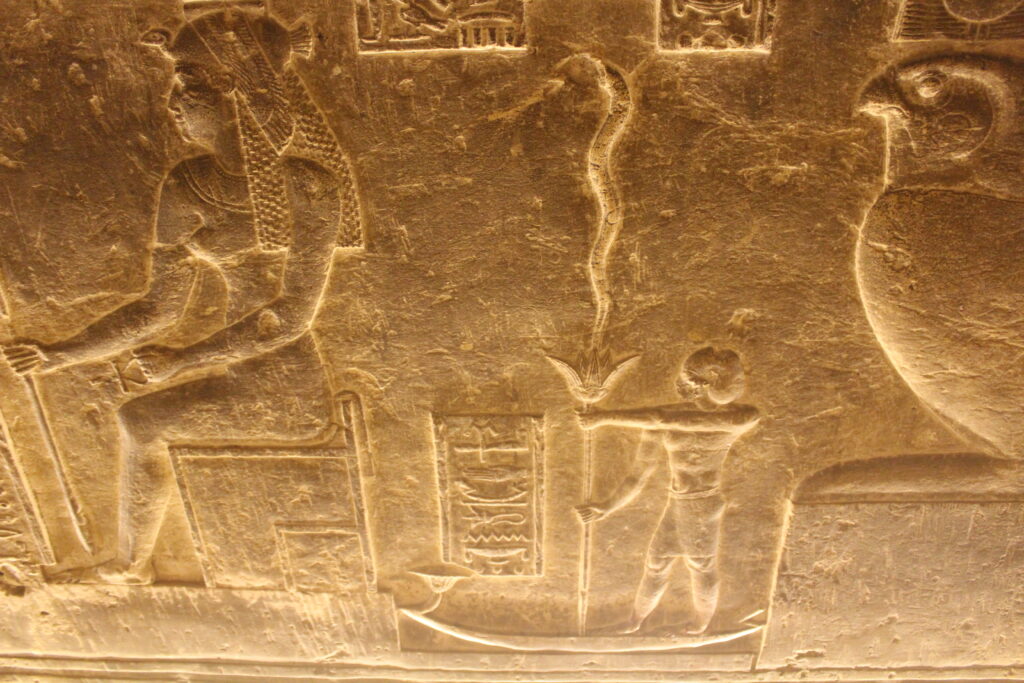
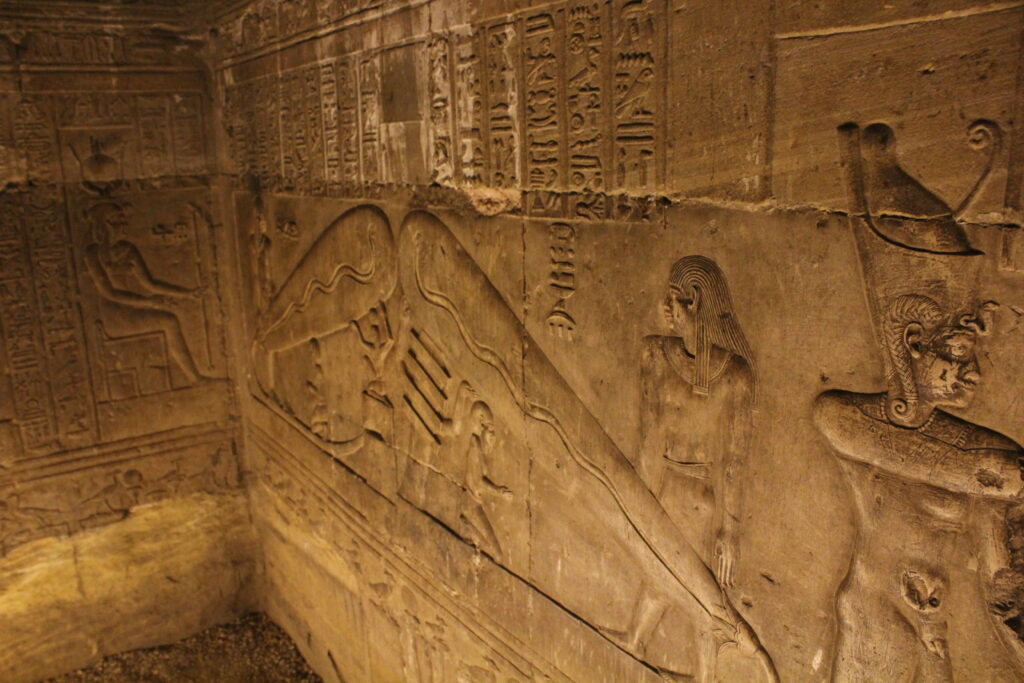

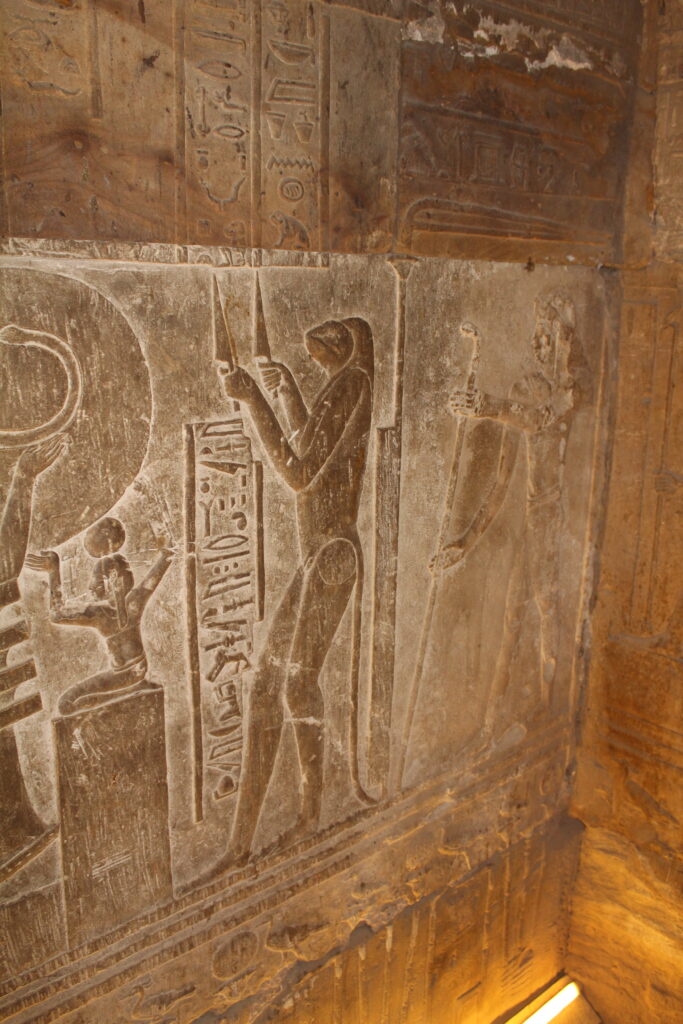
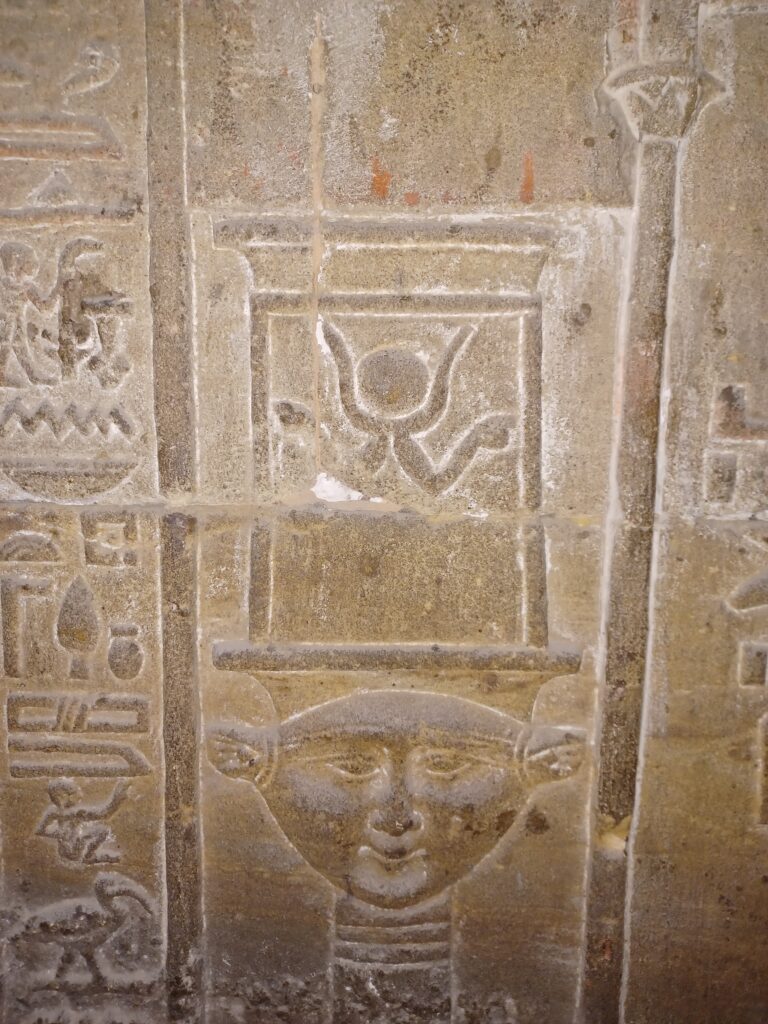
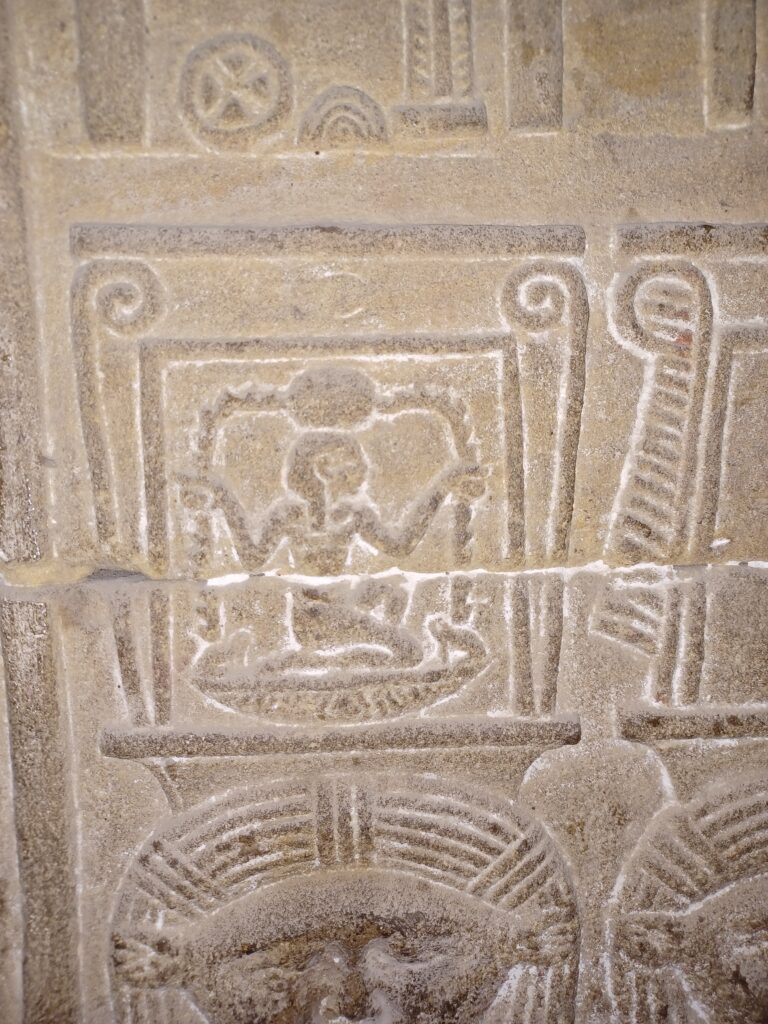
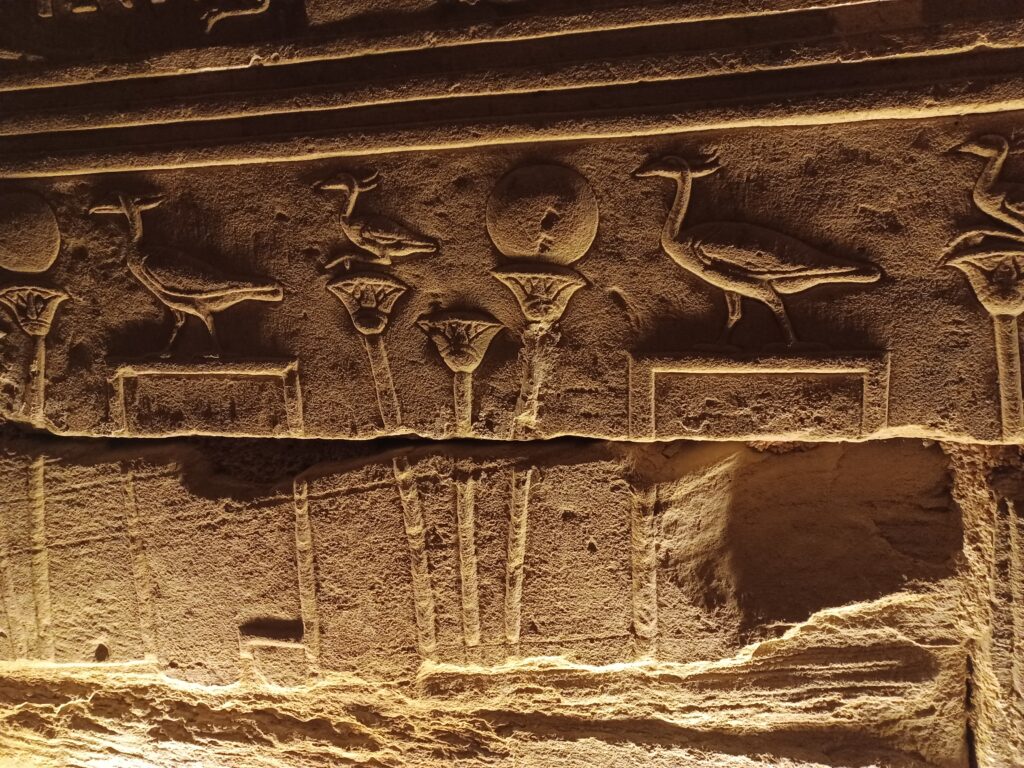
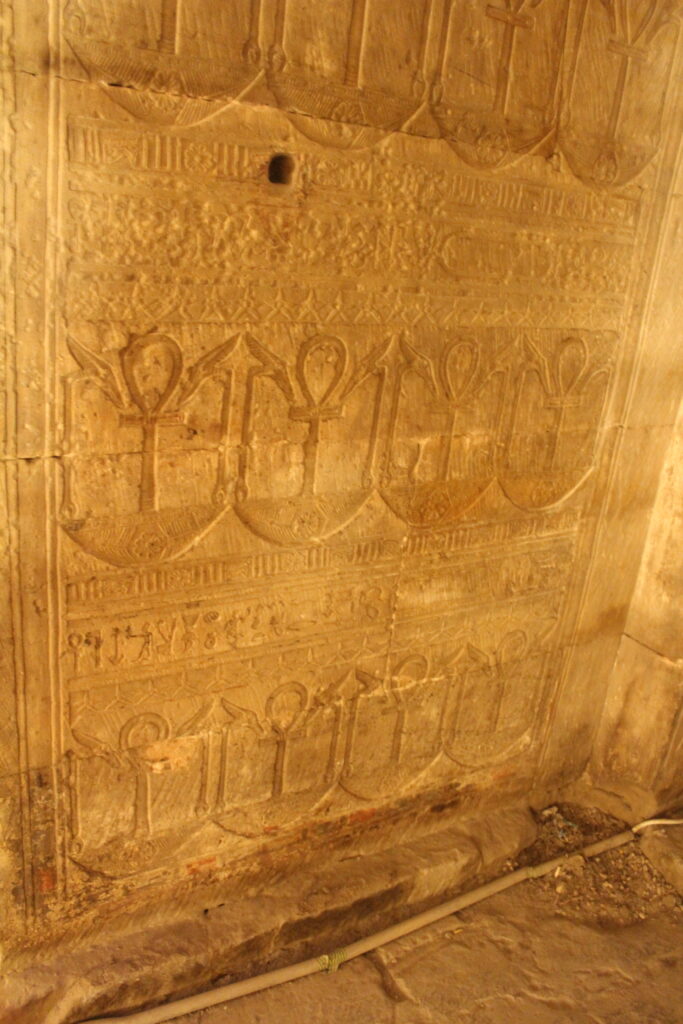
ALL RIGHTS RESERVED